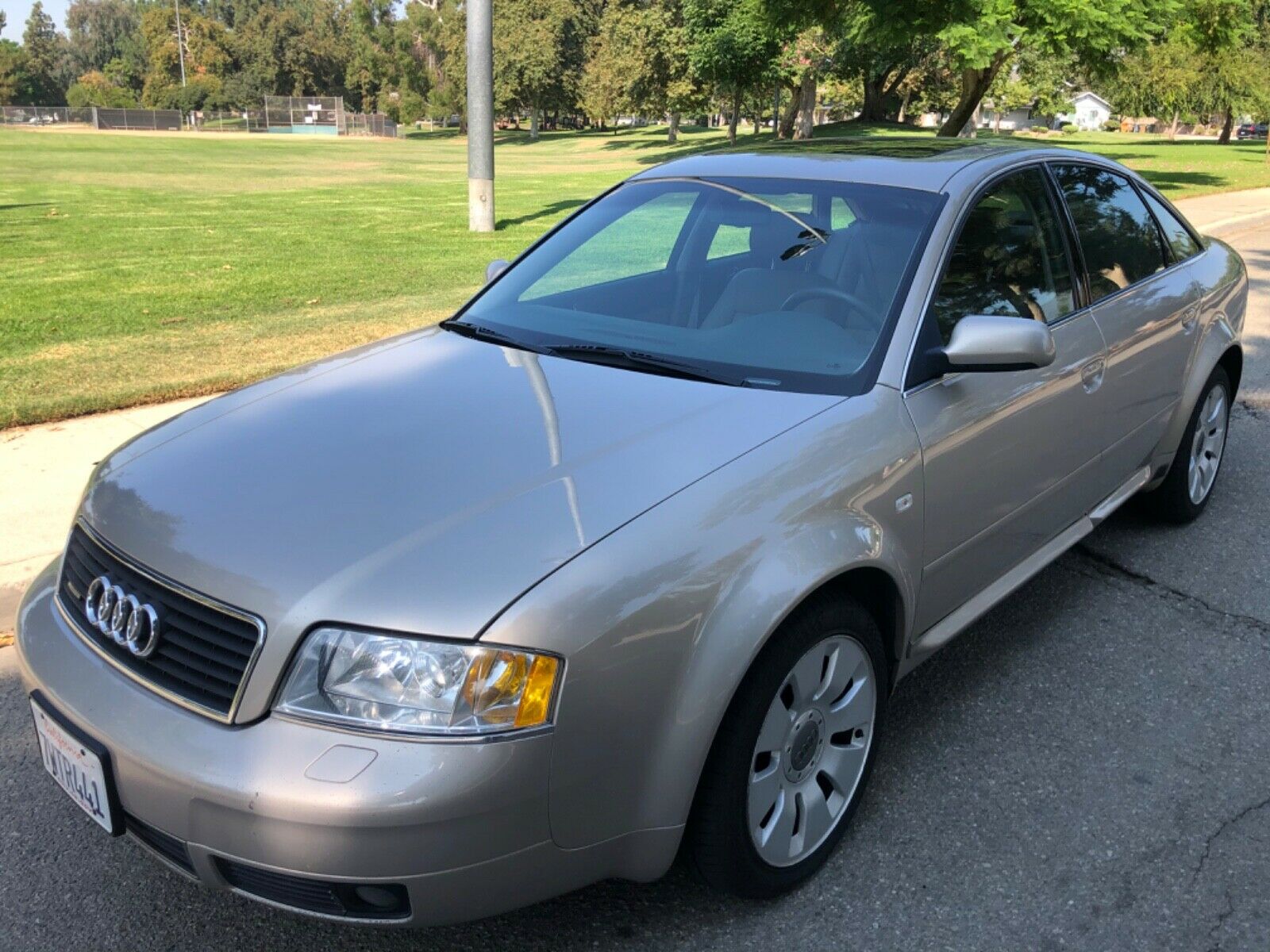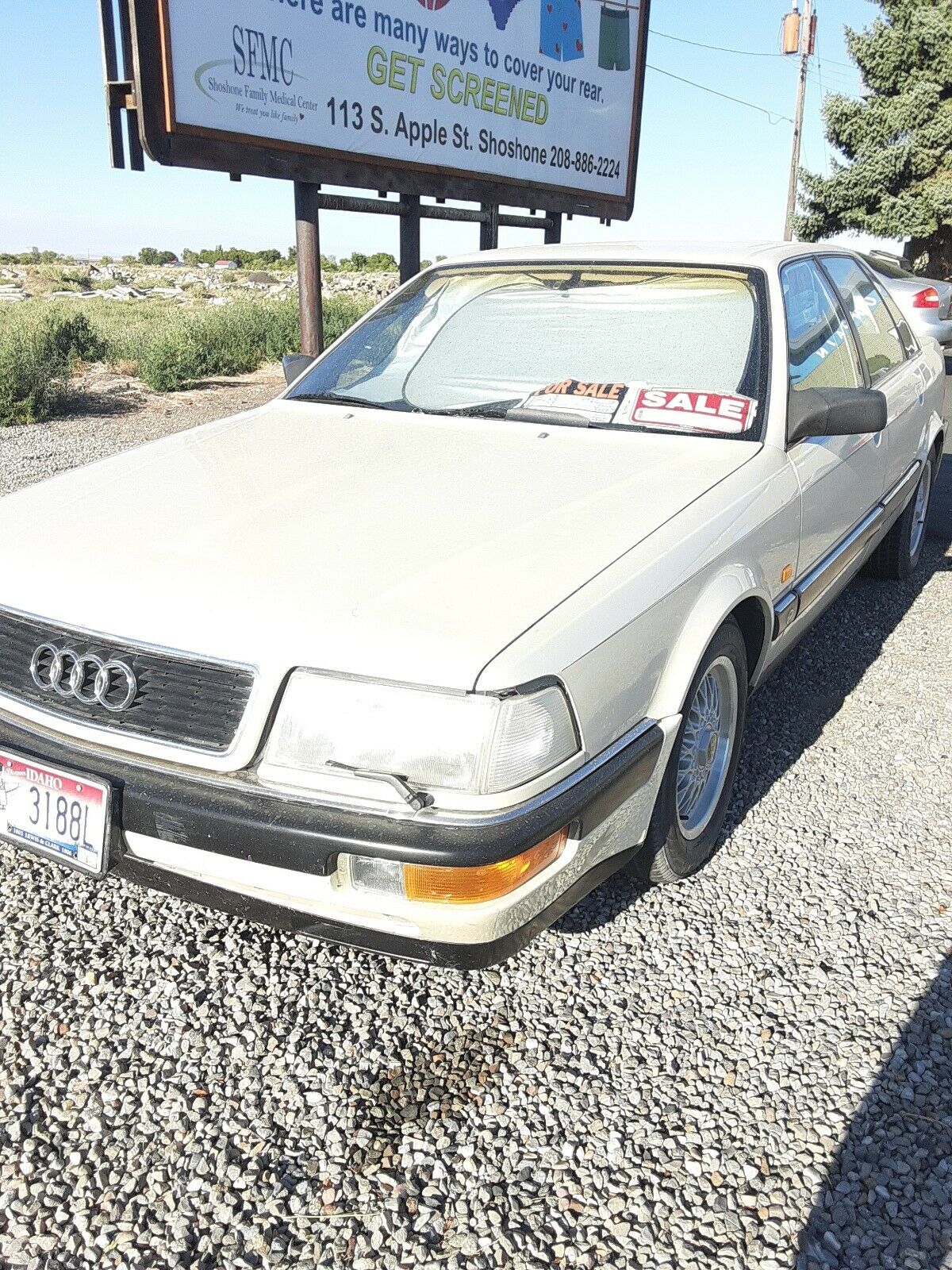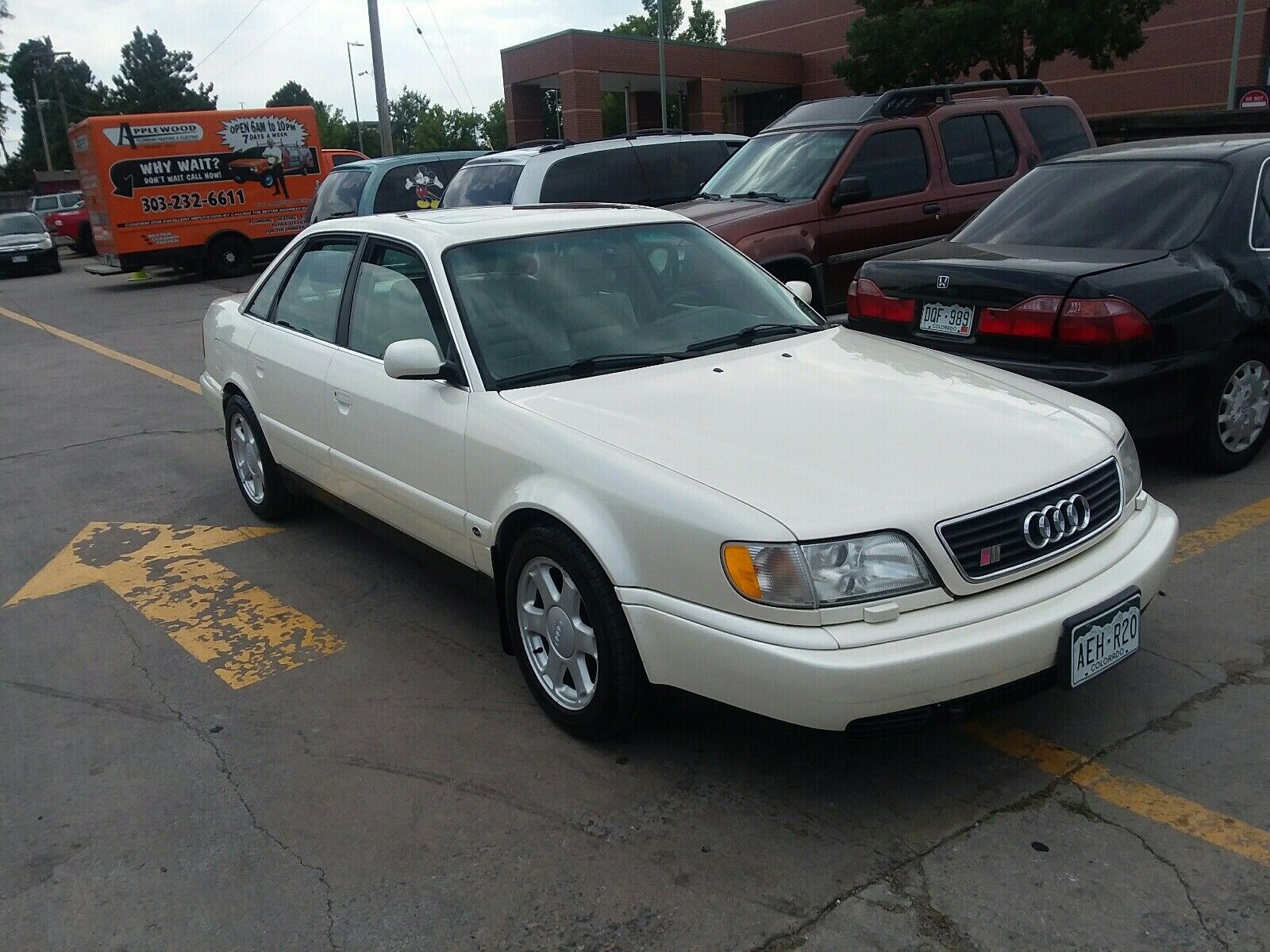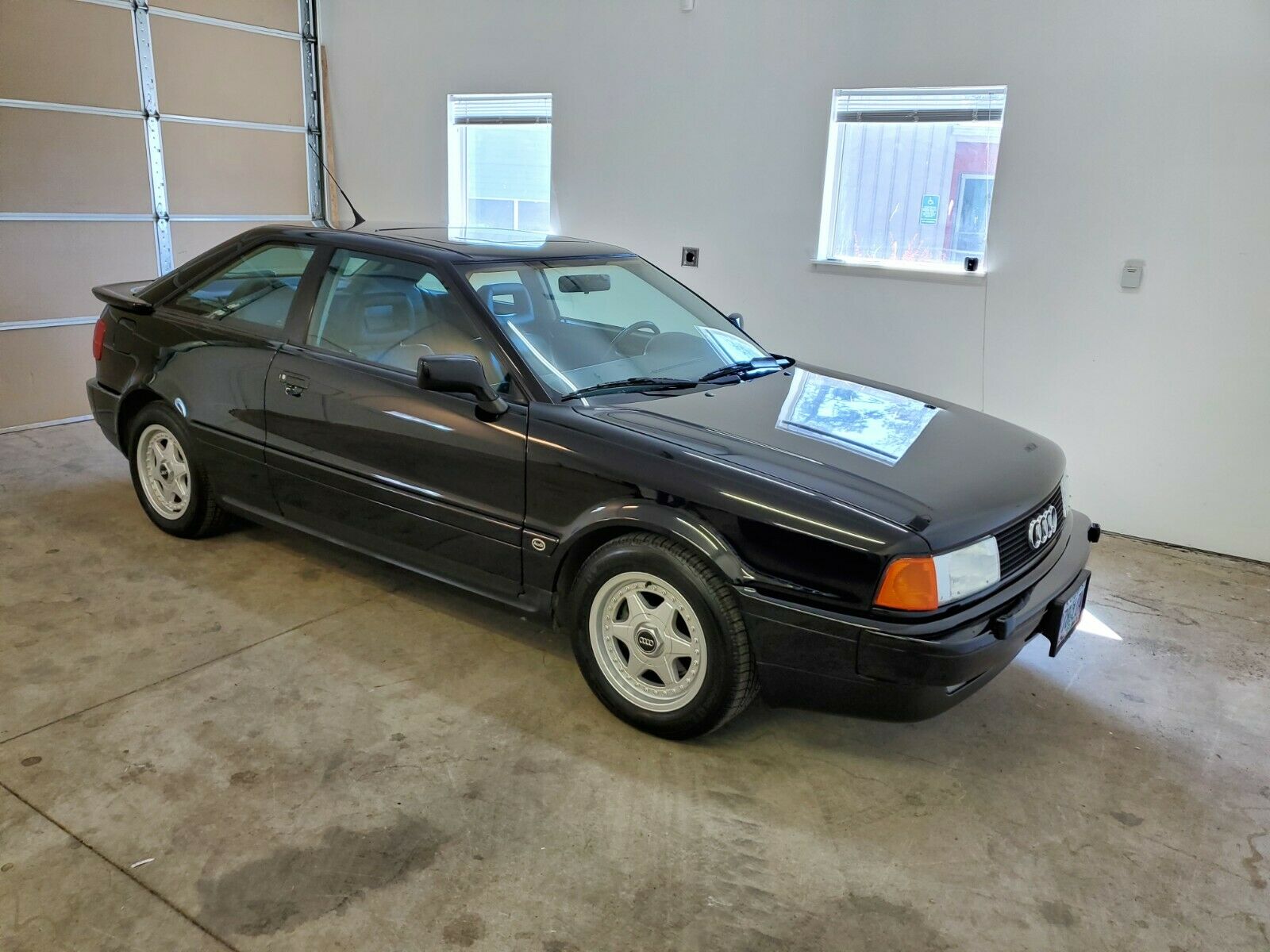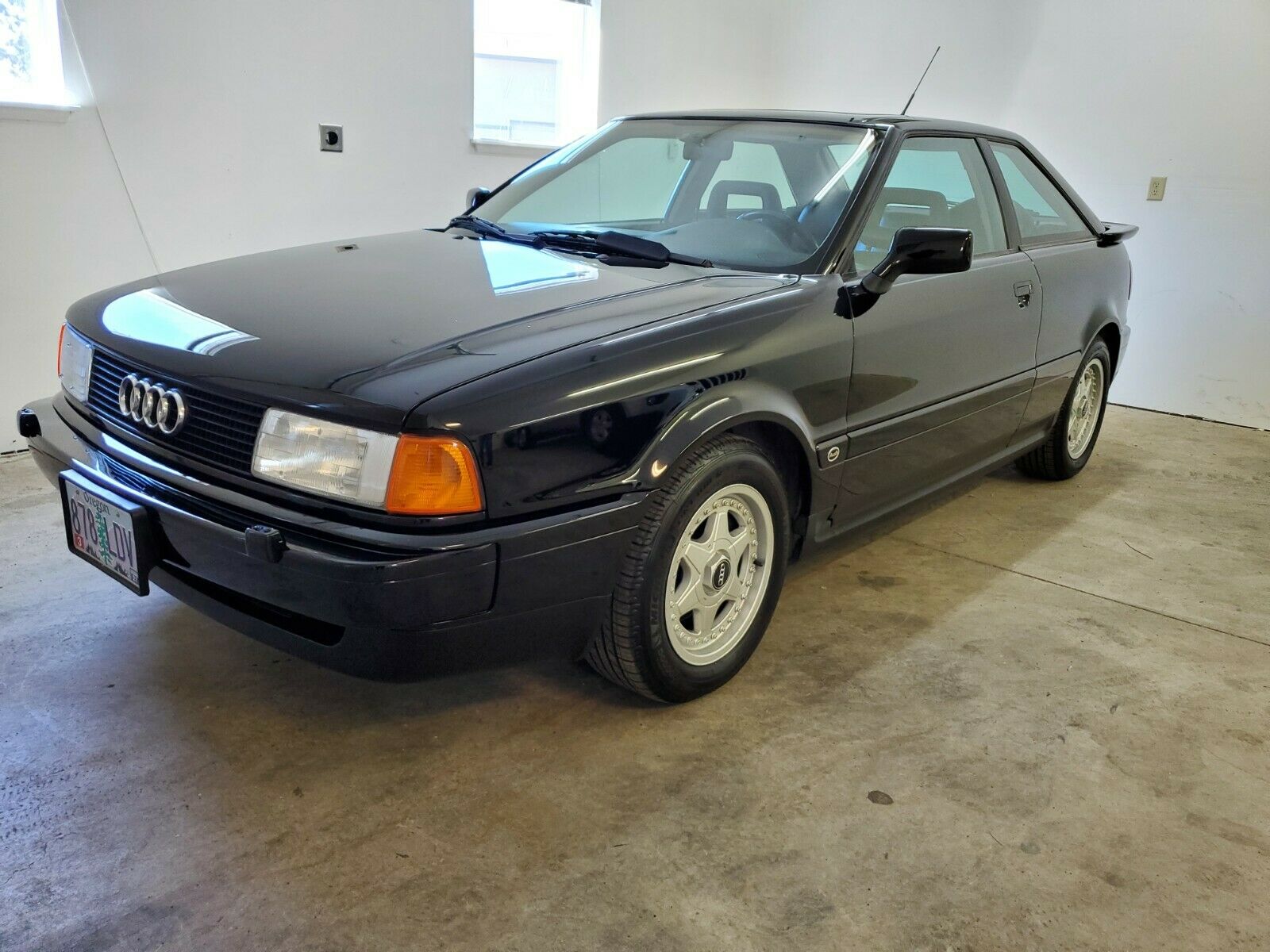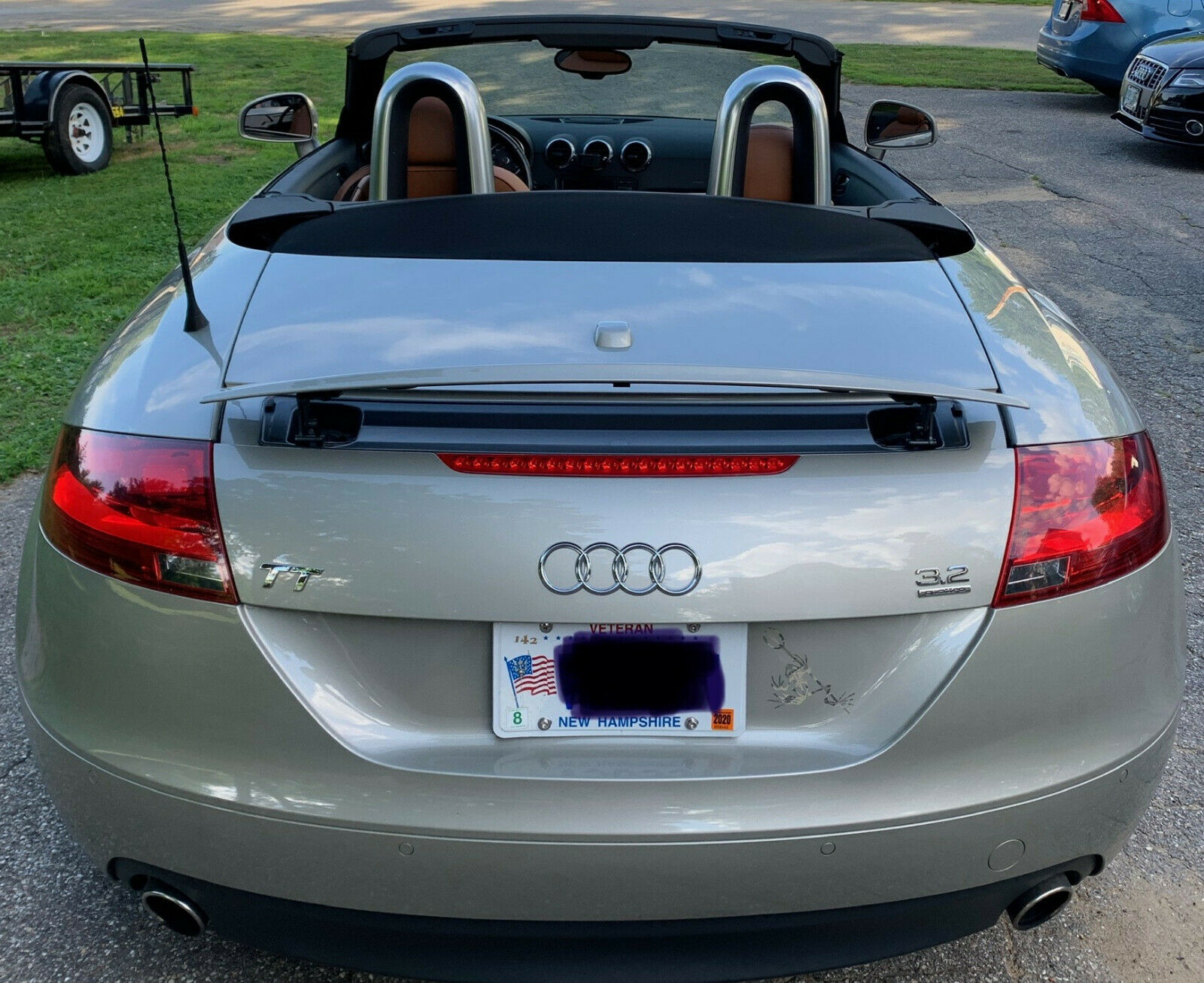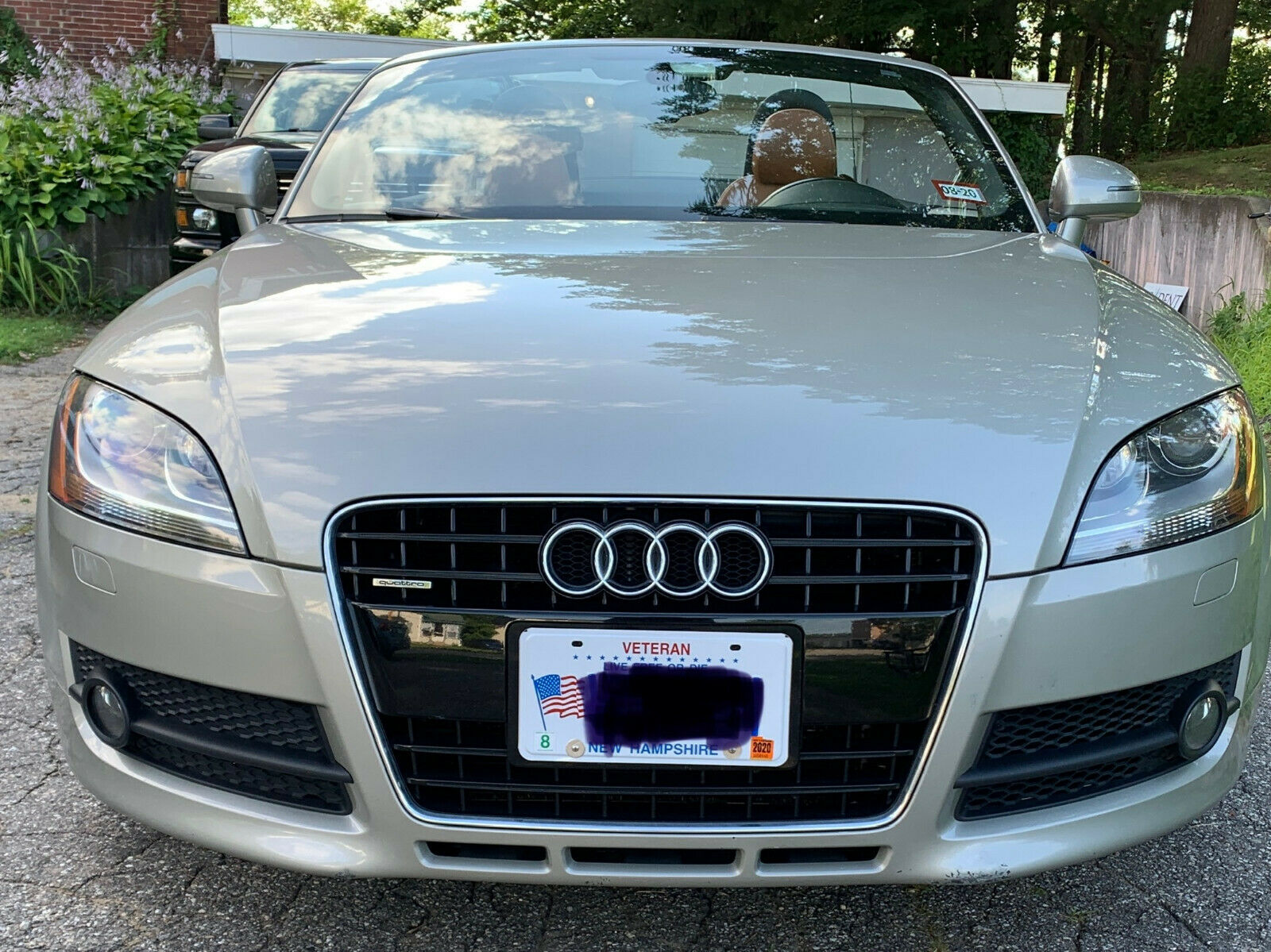The success of the Audi A4 really opened the U.S. market to a whole lineup of cars we might otherwise not have been privy to. Undoubtedly the best way to consider that is by looking at the C5 A6 lineup. But first you need to remember that prior to its 1998 launch, the C4 reigned in 1996 at the top of the Audi sales ladder for the U.S.. However, the number of configurations you could get was shockingly small. You had the choice between front-wheel drive and quattro, and again between sedan and Avant. That’s it. Following the drop of the 2.2 liter turbocharged S6 for our market in 1995 and the 5-speed manual from the A6 lineup for 1996, your only “choice†if you wanted a mid-sized Audi was to begrudgingly select the rather stale 2.8 liter V6 rated at 172 horsepower and mated solely to a 4-speed automatic. It was competent, but boring. Actually, that sentence sums up the end of the C4 run here pretty well – and the market recognized that, snapping up only around 10,000 of the models each year.
Turn your attention to the C5 lineup and you suddenly see the array of options opened by sales success. First to launch was the heavily revised sedan for 1998. Now with the 30 valve V6, horsepower was up to a more respectable 200 and the transmission gained a gear, though it was still automatic-only. The Avant carried over from the C4 lineup unchanged for ’98, but the new sedan was enough to double sales of the A6. ’99 launched the new Avant and with it, again a surge in sales by 50%. That allowed Audi to bring over some more exciting options – the 2.7T, the Allroad, the S6 Avant, and this car – the 4.2 quattro:

